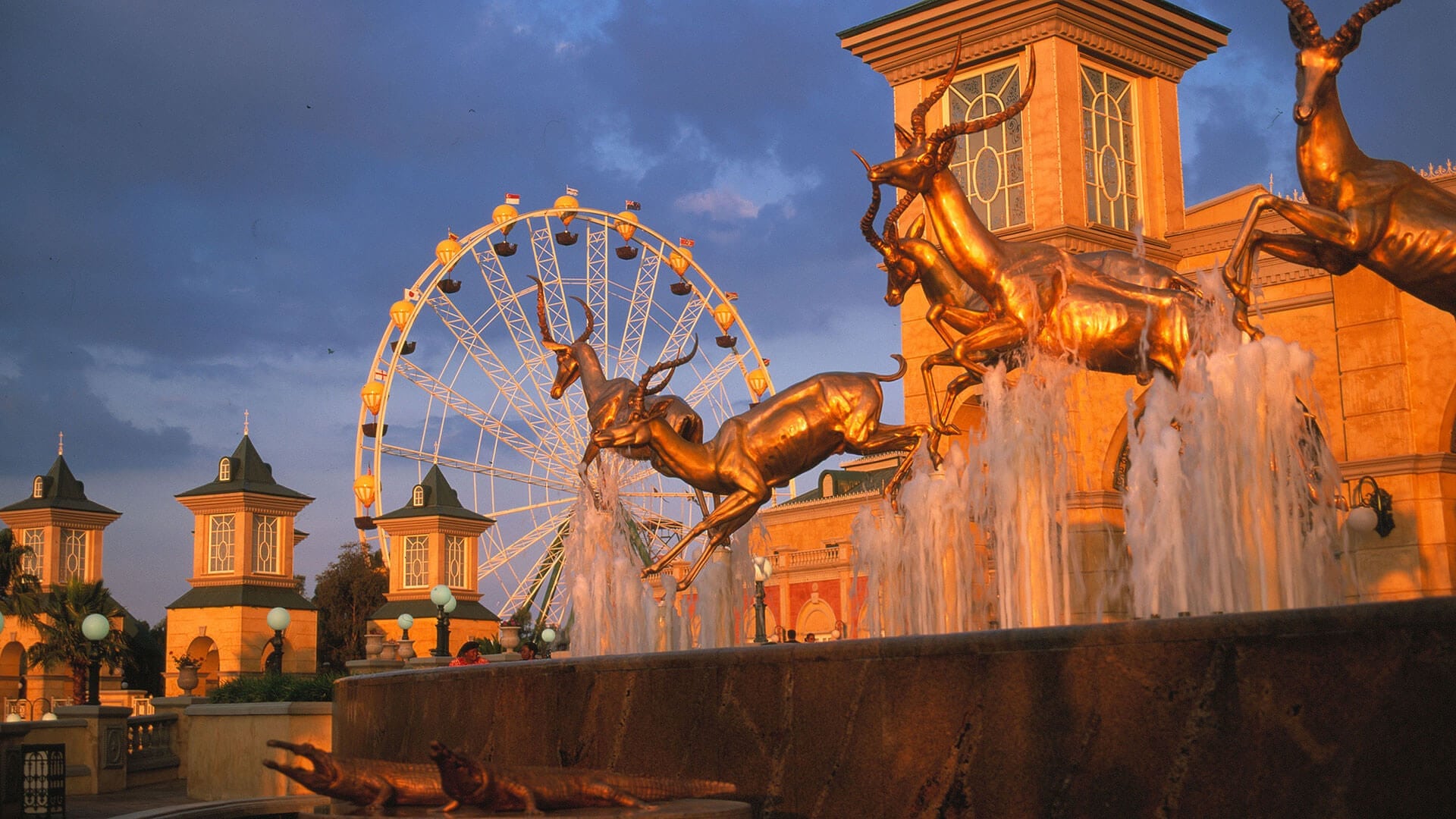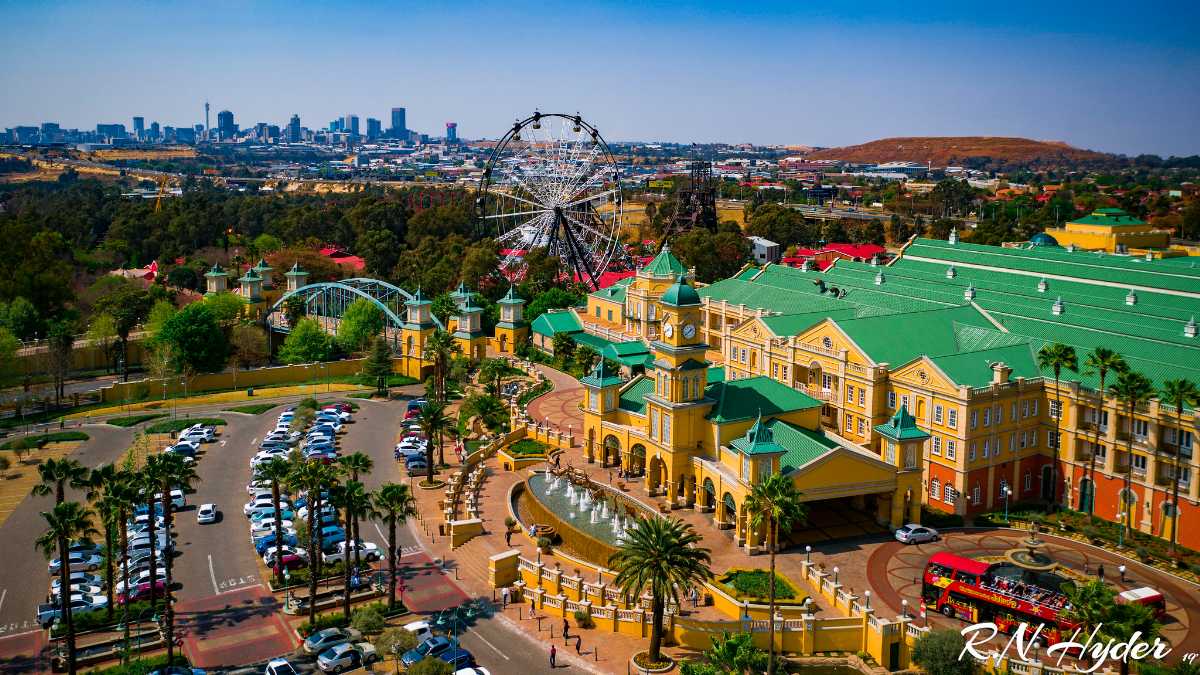Johannesburg North Attractions for Beginners
Table of ContentsIndicators on Johannesburg North Attractions You Should Know5 Easy Facts About Johannesburg North Attractions DescribedUnknown Facts About Johannesburg North AttractionsJohannesburg North Attractions Fundamentals ExplainedSome Known Details About Johannesburg North Attractions Fascination About Johannesburg North AttractionsJohannesburg North Attractions Can Be Fun For Everyone
You ought to maintain safety and security in mind and vacationers should continue to be sharp at all times when in unfamiliar environments. Speak to the locals when you remain in town to discover the location you are remaining in. Johannesburg North attractions. When on the road (this doesn't use to shopping center and other safe settings) best general suggestions is to attempt your best to appear like a regional and to stay clear of displaying any type of type of wide range
The Definitive Guide for Johannesburg North Attractions
Professor Revil Mason O. J. (Thomson, 1946) explored the Witwatersrand's pre-colonial history. His archaeological job took off the 'em pty land' myth, according to which the region was devoid of human habitation before the arrival of European settlers. In his magazines Prehistory of the Transvaal: A Record of Human Activity (1962) and Beginnings of Black People of Johannesburg and the Southern Western Central Transvaal AD 3501880 (1986 ), Professor Mason demonstrated the level of social and economic development in the area prior to Europeans set foot here.

The Best Strategy To Use For Johannesburg North Attractions
In 1878, David Wardrop found gold in quartz capillaries at Zwartkop, north of Krugersdorp. In 1881, Stephanus Minnaar came throughout gold on the ranch Kromdraai, near the Cradle of Humankind.
In March 1886, a protrusion (quickly to be called the Key Coral reef) was found, rather luckily, on Gerhardus Oosthuizen's ranch Langlaagte. Some claim that the Lancastrian coal miner George Pedestrian uncovered this reef. Another itinerant English miner, George Harrison (who had formerly functioned in Australian mines) gotten a prospecting licence in respect of Langlaagte in Might 1886.
He decided to carry on in a pursuit for greener pastures, and disposed of his Langlaagte case for the baronial amount of 10. Alas: underneath lay the wealthiest goldfield ever before discovered. The discovery of this abundant auriferous reef provoked a gold rush that indicated the end of bucolic tranquillity in the southerly Transvaal.
It would, within six years, become the biggest community in southerly Africa. Within a decade, it would certainly make the Z. A. R. until after that an anarchical and insolvent little state the richest nation in Africa. By the millenium, the Z. A. R. was to go beyond Russia, Australia and the United States of America to end up being the world's leading gold producer, generating more than a quarter of the world's gold.
Johannesburg North Attractions for Dummies
It was called Ferreira's Camp, called click this link after Colonel Ignatius Ferreira. He was a Boer traveler upon whom the British authorities had actually presented the status of Friend of the Many Identified Order of St Michael and St George (entitling him to the post-nominal letters C. M. G.) in appreciation for his duty in the battle that had deposed the Pedi king Sekhukhune in 1879.
2 various other camps were established: Meyer's Camp on the ranch Doornfontein, and Paarl Camp. The latter was nicknamed Afrikander Camp; many individuals from the Cape Colony cleared up there.

More About Johannesburg North Attractions
This name acquired currency by word of mouth, such that the State Assistant verified the name to the Mining Commissioner on 9 October 1886. Stands in the village were auctioned on 8 December 1886. While some stands were cost 10, others were torn down for as little as sixpence.
2 years later, these erven were to transform hands for as long as 750 each. The tented camps diminished as a dorp of corrugated iron buildings established and expanded north of the mines situated along the Main Coral Reef Road. Locations such as Jeppe's Town (where working-class immigrants erected their dwellings) and Doornfontein (where the wealthy brand-new 'Randlords' began to build their try this site luxurious homes) were quickly included in the ever-expanding map of the community.
Johannesburg North Attractions - Truths
Apart from the street names, there were no signs of Johannesburg being situated in a Dutch-speaking nation., almost every person talked English and even the Federal government slaves addressed one in English, unless they were very first dealt with in the Taal (or Low Dutch)'.
Britain had an interest in ensuring optimum problems for gold manufacturing on the Witwatersrand, and that the gold was exported to London rather than Berlin an essential rendered all the more clamant by the Z. A. R.'s raising toenadering with Germany. Mine owners were on a clash with President Kruger, whose policy of monopolistic giving investigate this site ins (commonly given to his cronies) avoided mining firms from procuring supplies of products (particularly dynamite) and work by themselves, less expensive terms
The Buzz on Johannesburg North Attractions
In 1890, the Volksraad had actually restricted the franchise business to white males who had actually resided in the Z. A. R. for fourteen years or longer, therefore disqualifying a lot of the immigrants (that occurred to be the major contributors to the fiscus). However, frustration for the ballot was a simple pretext for advertising a different program; many uitlanders regarded themselves as short-term site visitors and had no objective of staying in the Z.